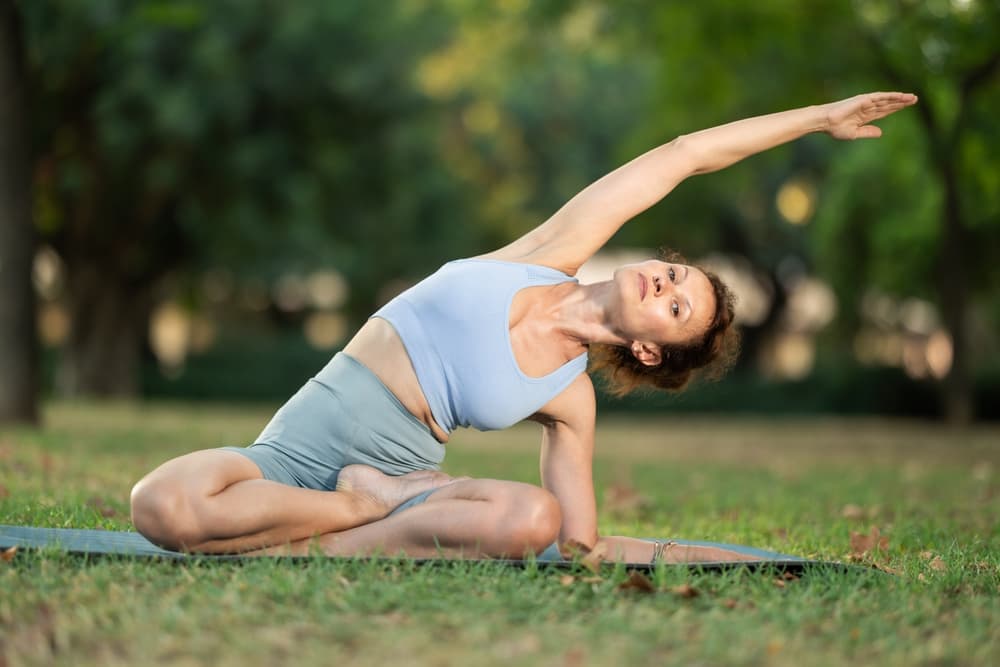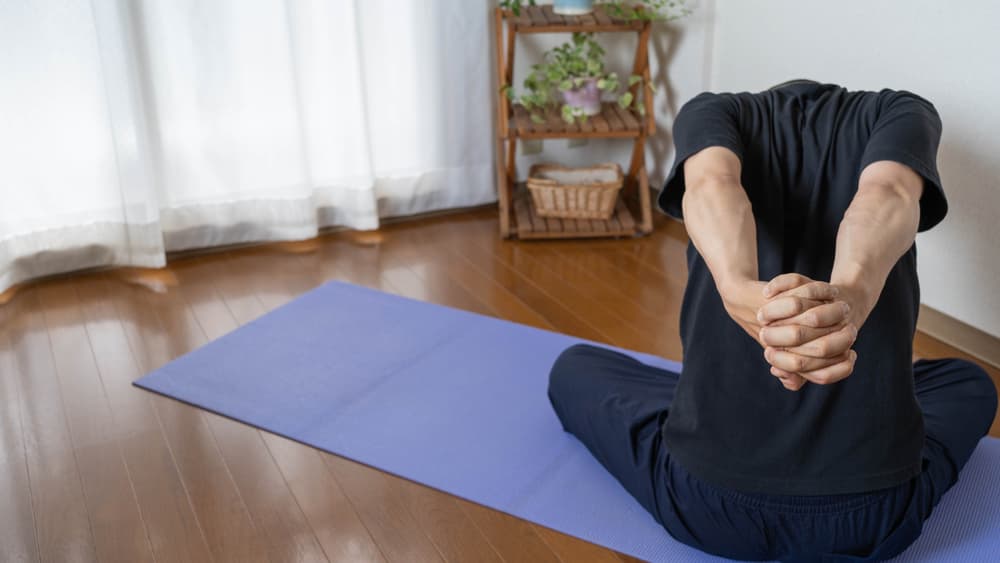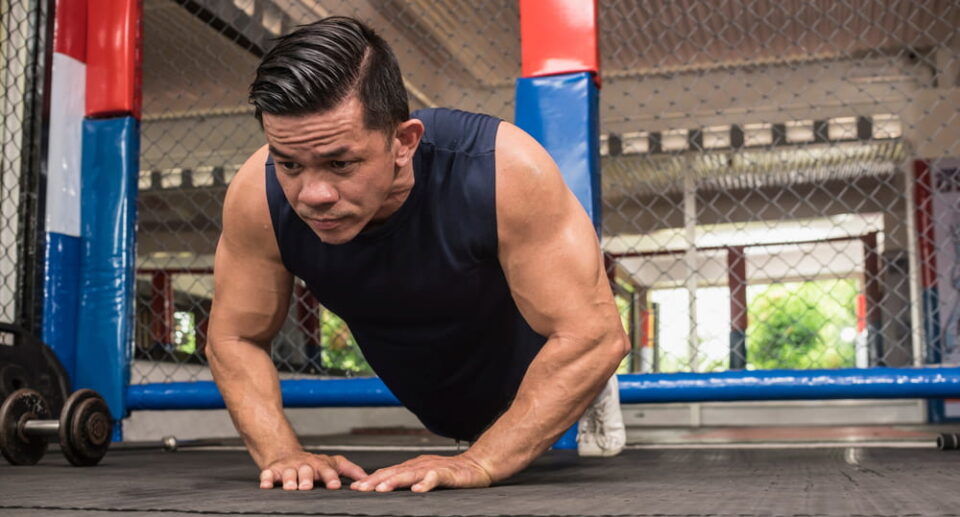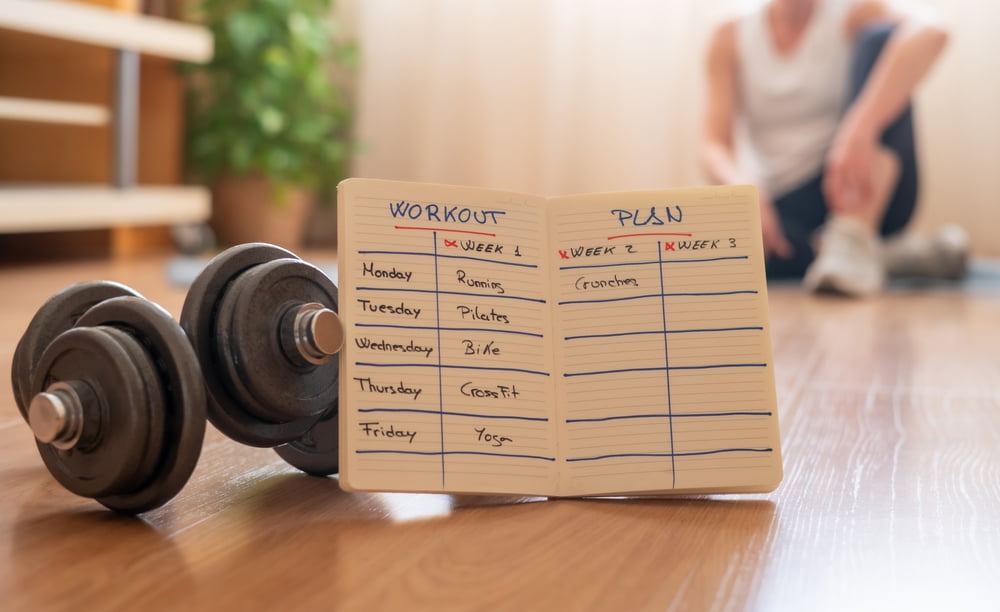How to create a fitness routine without going to the gym
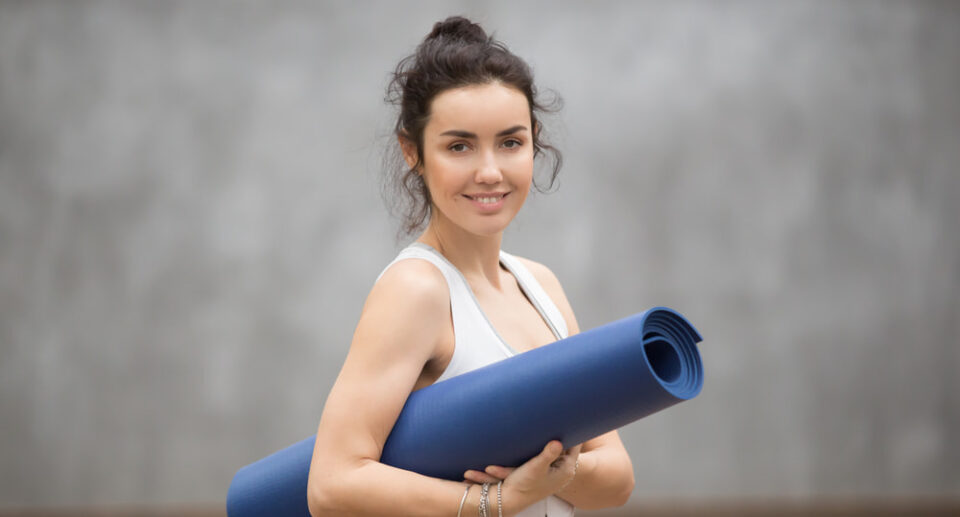

How to create a fitness routine without going to the gym — an easy way to build your fitness routine without stepping into a gym. One of the main issues is to find time to work out in such a fast-paced world. Whether it’s due to a busy schedule, budget constraints, or just enjoying the familiarity of your home, there are myriad of reasons to not hit the gym. The great news is that you don’t have to invest in high-tech equipment or take a gym membership in order to meet your fitness targets. Following the correct procedure and having the correct mindset, you can come up with a bodyweight exercise routine that will help you work out at home and the other thing you want to do.
This guide includes everything from creating a home workout plan to effective bodyweight exercises which are useful for building strength, losing fat, and staying motivated. You will also come across about three amazing people who changed their lives through working out at their living places. Are you ready to start? Then go ahead!
How to Create a Fitness Routine Without Going to the Gym: A Complete Guide
Why Choose At-Home Fitness Over Gym Workouts?


At-home fitness is becoming increasingly popular, and it’s no surprise why. It offers a flexible, cost-effective, and customizable approach to staying fit, regardless of your experience level or fitness goals. Whether you desire to lose some pounds, build muscle, or just keep healthy, you can definitely perform the prescribed activities at home, thus staying away from the gym.
Convenience and Time-Saving
One of the biggest advantages of at-home fitness is its convenience. You can work out whenever it suits you, whether early in the morning or late at night. There’s no time wasted commuting to the gym or waiting for equipment to become available. This makes fitting fitness into a busy lifestyle easier, especially for parents, office workers, and anyone with a packed schedule.
Cost-Effective
Gym memberships and specialized fitness classes can be expensive, and the cost often becomes a barrier to maintaining a consistent workout routine. Home workouts eliminate those expenses. You don’t need fancy equipment to get results—your body weight is one of the best tools you can use. If you want to enhance your routine, affordable options like resistance bands, yoga mats, and stability balls can be great additions.
Privacy and Comfort
For many people, the gym can be intimidating. You can exercise in a judgment-free environment where you feel completely comfortable at home. You don’t have to worry about what others think; you can take breaks or modify exercises without pressure. This helps you focus on your fitness goals at your own pace.
Adaptability and Customization
At-home workouts can be easily adapted to meet your fitness needs. Want to focus on strength? Incorporate bodyweight exercises like push-ups and squats. Need a quick cardio session? High-intensity interval training (HIIT) is a great option. Interested in improving flexibility and reducing stress? Add yoga or stretching routines. The beauty of at-home fitness is that you can switch things up as often as you like to keep your workouts fresh and exciting.
Family-Friendly and Inclusive
Another perk of working out at home is that it can be a family affair. Children, if so inclined, can enjoy the excitement, hence promoting their family’s healthy lifestyle. For seniors or those recovering from injuries, at-home fitness provides a safer and more controlled environment for mobility, flexibility, and strength.
In short, at-home fitness empowers you to take control of your health and fitness journey. It’s flexible, affordable, and tailored to your unique lifestyle—making it the perfect solution for those who want to stay active and healthy without ever leaving home.
How to Create Your At-Home Fitness Routine Without Going to the Gym
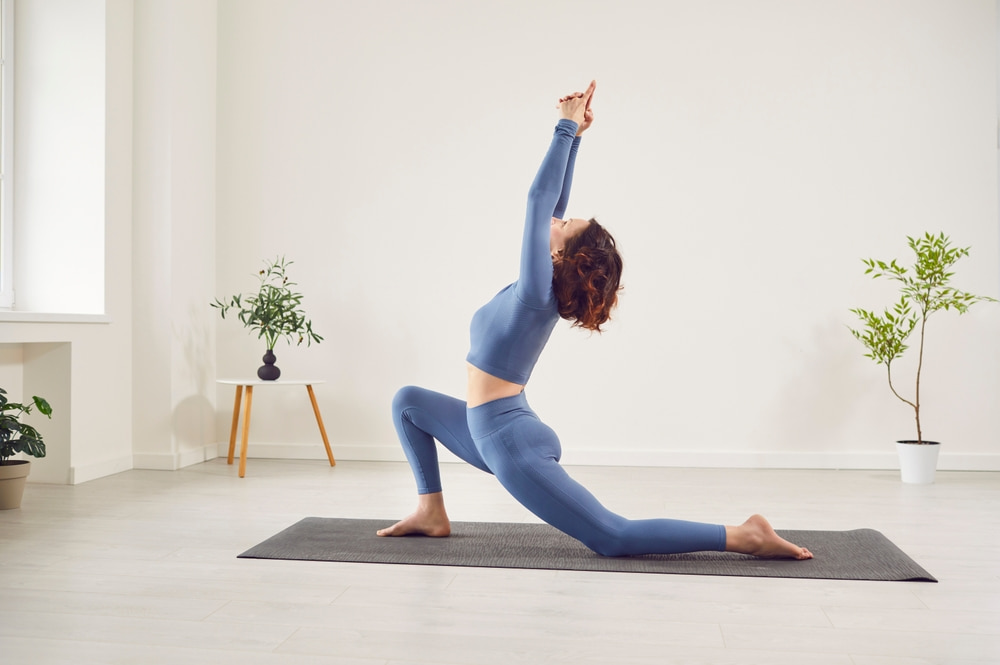

Define Your Fitness Goals
Before you jump into a workout, identify what you want to achieve.
- Fat Loss: Focus on cardio and high-intensity interval training (HIIT).
- Strength Building: Prioritize bodyweight exercises like push-ups, squats, and lunges.
- Improved Mobility and Flexibility: Incorporate yoga and stretching routines.
How to Plan Your Weekly Workout Schedule Without Going to the Gym


A balanced routine should include strength, cardio, and recovery days. Here’s a sample:
- Monday: Full-body strength workout
- Tuesday: Cardio (HIIT or brisk walk)
- Wednesday: Active recovery (yoga or stretching)
- Thursday: Lower-body strength workout
- Friday: Cardio
- Saturday: Core and mobility exercises
- Sunday: Rest or light activity
How to Choose Effective Bodyweight Exercises for a Gym-Free Fitness Routine
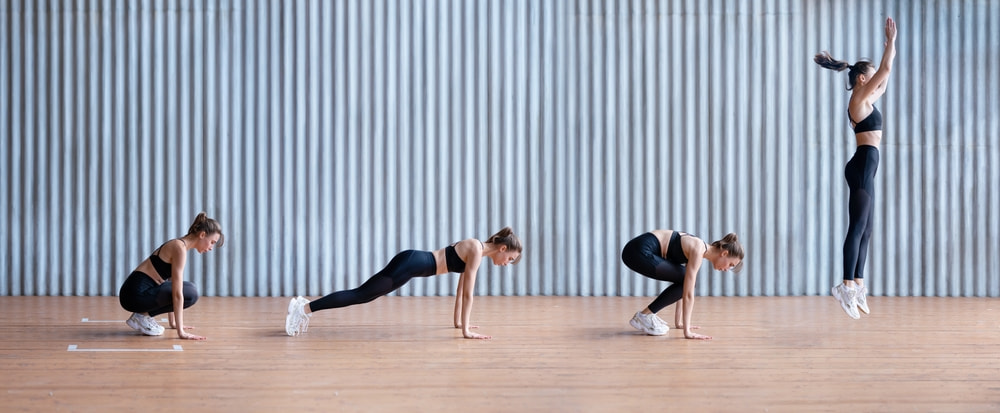

ChatGPT doesn’t find bodyweight workouts interesting and implies that are effective only for people who are into it. There are several essentials brutish exercises as follows:
- Push-ups: Upper body strength
- Squats: Lower body strength and stability
- Planks: Core strength and posture improvement
- Burpees: Full-body cardio and fat-burning
- Glute Bridges: Glute and core activation
Quick Beginner Workout Plan for Building Fitness Without the Gym
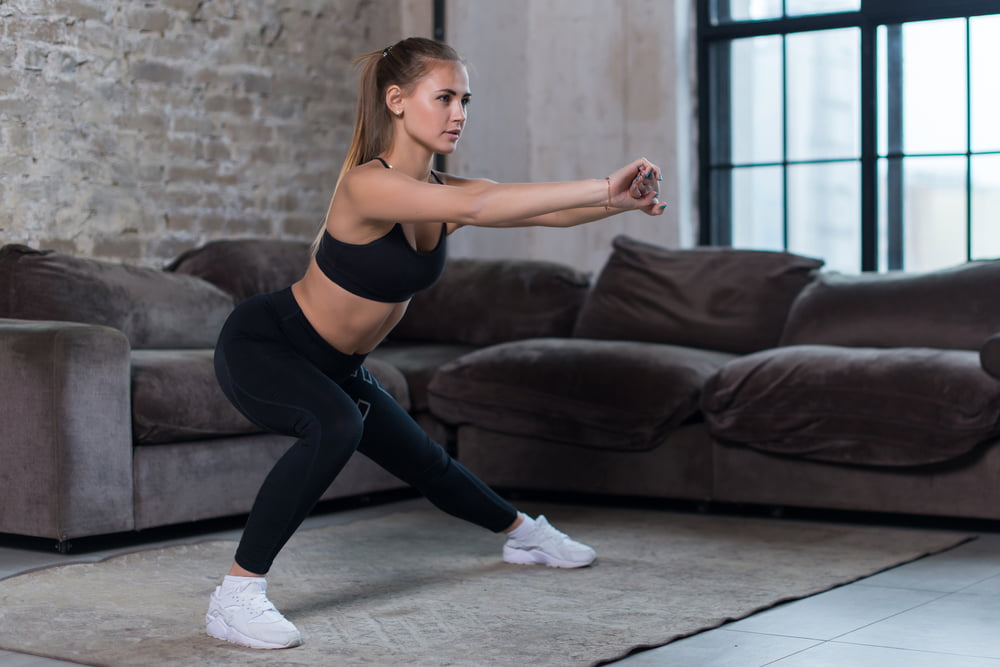

Warm-Up (5 Minutes)
- Jumping jacks – 1 minute
- Bodyweight squats – 1 minute
- Arm circles – 1 minute
- High knees – 1 minute
- Forward folds – 1 minute
Workout (20-25 Minutes)
- Push-ups – 3 sets of 10
- Bodyweight squats – 3 sets of 15
- Planks – 3 sets of 30 seconds
- Lunges – Perform 10 lunges on each leg in 3 sets
- Mountain climbers – 3 sets of 20 seconds
Cool Down (5-10 Minutes)
- Child’s pose – 1 minute
- Hamstring stretch – 1 minute per side
- Shoulder stretch – 1 minute per side
- Deep breathing – 2 minutes
How to Stay Motivated and Track Progress in Your Fitness Routine Without Going to the Gym


Staying motivated and tracking progress are key elements in building a sustainable fitness routine. Without motivation, even the finest workout plan might fall through, and without tracking, it doesn’t become apparent how much you’ve grown. Using goal-setting, positive reinforcement, and accountability, you can maintain enthusiasm and achieve your fitness goals over the long term.
Set Realistic Goals
The starting point to remain full of energy and enthusiasm is defining the right and easily reachable goals. Pay attention to the goals that are particular, measurable and realistic. For example, instead of saying, “I want to get fit,” aim for something like, “I want to lose 10 pounds in three months” or “I will complete a 30-minute workout three times a week.” Start the process of achieving your bigger goals by breaking them down into smaller, more feasible tasks, and be glad for every victory.
Create a Schedule and Stick to It
Treat your workouts like important appointments. Allocate allocate proper time for sports practice similar to requiring it for courses or family responsibilities you have. A consistent workout schedule helps form healthy habits and makes it less likely for you to skip sessions. Morning workouts can be particularly effective, giving you an energy boost and helping you stay on track throughout the day. How to create a fitness routine without going to the gym simple steps to stay healthy and motivated from the comfort of your home.
Find What Motivates You
Motivation looks different for everyone. External rewards drive some people, while others are motivated by personal growth or a desire to feel healthier. Find what works for you. You might reward yourself with a new workout outfit after a milestone, track your progress with fitness apps, or join an online community for support. Surround yourself with positive influences—whether it’s a fitness partner, an inspiring social media account, or reading success stories of others who achieved their goals.
Track Your Progress
The best way to remain motivated is through progress tracking. Keep a workout journal or use fitness apps to log your exercises, body measurements, weight, or energy levels. Seeing your progress, even small improvements can be incredibly motivating. For example, noting that you went from holding a 30-second plank to a full minute or noticing your clothes fit better shows that your efforts are paying off. How to create a fitness routine without going to the gym — design a personalized workout plan that fits your lifestyle and space.
Overcome Setbacks with a Growth Mindset
Setbacks are inevitable, but how you respond makes all the difference. Don’t let a missed workout or bad eating day derail your progress. Instead, treat setbacks as learning opportunities. Adjust your approach and keep moving forward. Focus on consistency, not perfection success comes from showing up day after day.
To me, staying motivated seems a never-ending activity, the way that it is for me to keep track of my fitness activities, it becomes fun when I think positively and use the needs tools.
Inspiring Success Stories
1. Sarah’s Journey to Strength and Confidence
Sarah, a busy mom of two, had struggled to prioritize her fitness. After years of focusing solely on her family, she decided to take control of her health with a home workout routine. She started with 15-minute bodyweight exercises three times a week. Over time, Sarah’s confidence grew, and she added HIIT workouts to her routine. Within six months, she lost 20 pounds and discovered newfound energy to keep up with her kids. Sarah’s success shows that small, consistent efforts can lead to big changes.
2. John’s Transformation After a Sedentary Lifestyle
John had spent most of his adult life working long hours at a desk job with little time for exercise. After experiencing back pain and low energy, he decided it was time to change. John began with simple core-strengthening exercises to improve his posture and relieve pain. As his strength improved, he incorporated resistance bands and bodyweight training into his workouts. Within a year, John lost 30 pounds, eliminated his back pain, and felt stronger. His story proves it’s never too late to start fresh.
3. Emily’s Road to Recovery and Fitness
A former athlete, Emily suffered a tough recovery after a knee injury. Determined to regain her strength without risking further injury, she turned to low-impact home workouts like Pilates and yoga. Emily built strength and improved her balance by focusing on mobility and functional training. After eight months, she returned to running, stronger and more flexible. Emily’s journey highlights the importance of listening to your body and taking a gradual approach.
These stories remind us that anyone can create their own fitness success story with determination, the right plan, and consistency. Every small victory leads to something bigger!
Creating a fitness routine without going to the gym is not only possible—it’s empowering. At-home workouts allow you to build a healthier lifestyle on your terms. Whether you’re a beginner or returning to fitness after a break, consistency, adaptability, and setting achievable goals are the keys to success. From bodyweight exercises and functional training to yoga and HIIT, there are countless ways to improve your fitness from the comfort of your home.
The beauty of at-home fitness is its flexibility. Your routine can be tailored to your specific goals, schedule, and fitness level. Start small with just 10 to 15 minutes a day and gradually increase the intensity as your strength improves. The important thing is to stay committed and keep moving forward, even if progress feels slow. Remember, every step counts. How to create a fitness routine without going to the gym build strength and stay active using just your bodyweight and minimal equipment.
Progress tracking enables you to stay interested and appreciate every step of your way, despite how little they can be. If you hit a plateau or experience setbacks, don’t get discouraged. Tune in to your plan and remain observant about your distant goals. Surround yourself with positive influences read success stories, connect with online fitness communities, and reward yourself for hitting milestones. How to create a fitness routine without going to the gym stay fit and strong with simple exercises you can do anywhere.
Ultimately, at-home fitness is about more than just exercise. It’s about building habits that support a healthier, more energized version of yourself. With dedication and a well-structured plan, you’ll reach your fitness goals and feel more confident and capable in every aspect of your life.
So, take that first step. Plan your own daily schedule, be obedient to it, and you will see how your small daily activities. Your fitness journey starts now, and the possibilities are endless! How to create a fitness routine without going to the gym — effective workouts you can do at home to achieve your fitness goals.

